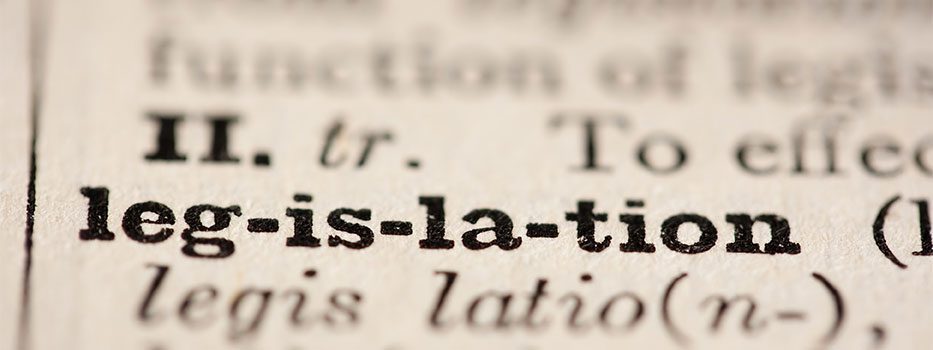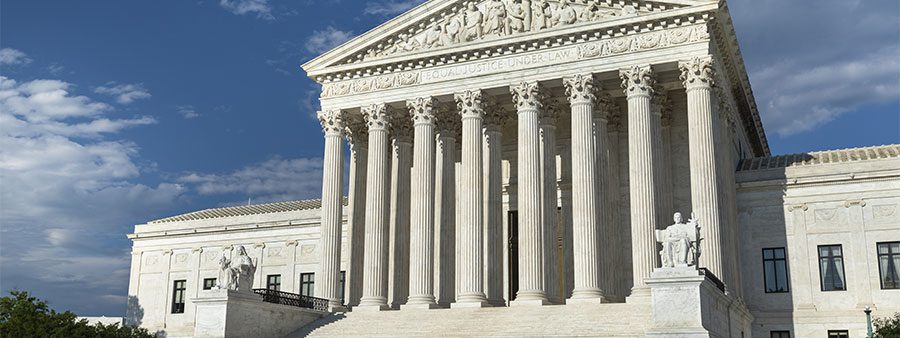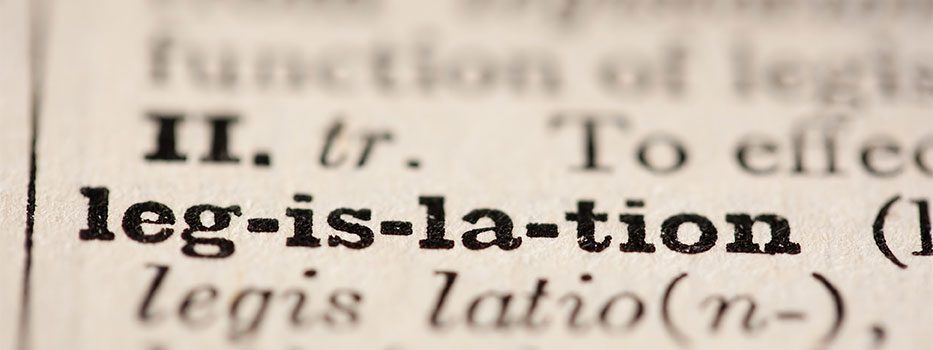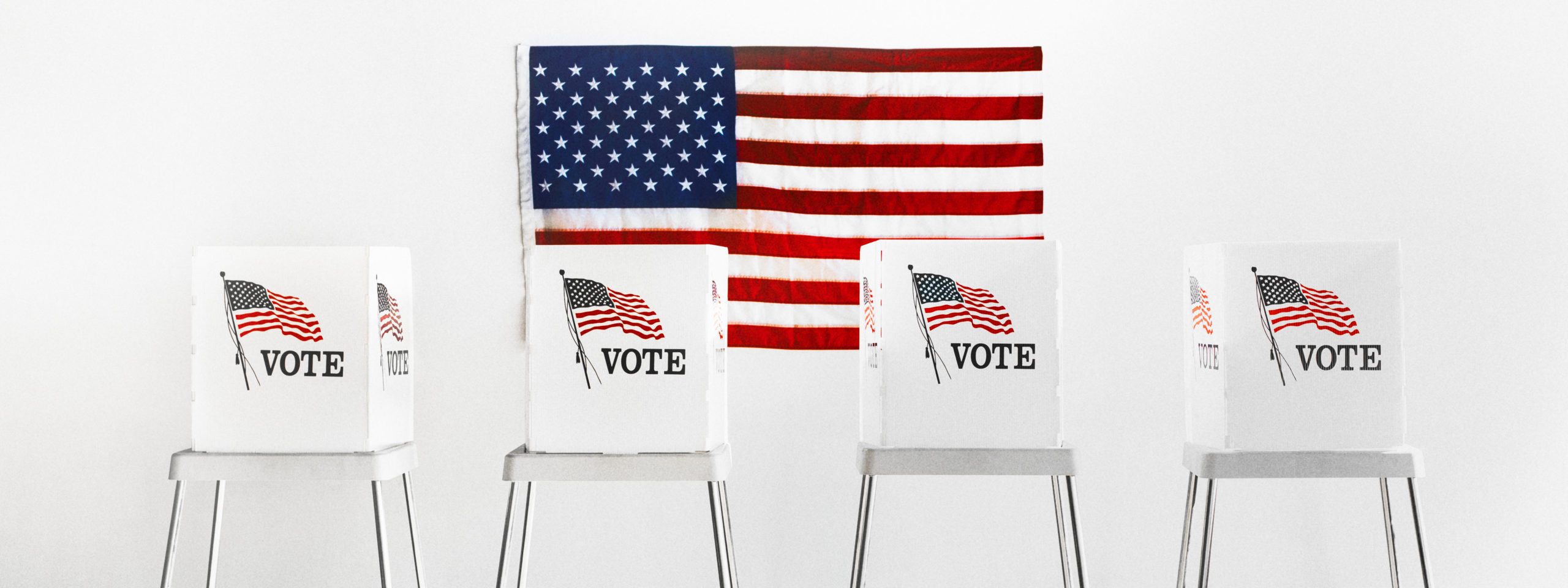Welcome back to Hotwire’s PR & Politics HOTSpot – our biweekly roundup of political and policy news most pertinent to the technology industry, created with our D.C. public affairs partners at Allon Advocacy, LLC.
Before we dig in, a quick plug! On Wednesday, October 7th at 9 AM PT/12 PM ET, Hotwire will host What You Need to Know: Tech Policy & Election 2020 webinar, where we’ll provide a robust overview of the current political and tech policy landscape, including a live Q&A with our friends at Allon. We hope you and your colleagues can join us!
To register for this webinar, click HERE.

Tech Policy Bytes
- The House of Representatives last week passed legislation that would significantly change the federal government’s artificial intelligence policies. The bill would, among other provisions, expand an AI Center of Excellence within the General Services Administration, create a government-wide policy for ethical and accountable deployment of AI, and require the Office of Personnel Management to hire AI experts.
- The Dept. of Commerce issued a one-week delay on the TikTok and WeChat ban, moving it to September 27th, while officials review the proposed deal between ByteDance, Oracle and Walmart. Provisions in the deal include a potential move of ByteDance’s corporate HQ to the U.S. and a guarantee of creating 25,000 American jobs, but little clarity as to which company will own TikTok in the end.
- Twenty-seven civil rights organizations called on the Federal Trade Commission to increase its focus on bias and discrimination in commercial data usage. The groups urged the FTC to ask companies about when and how they collect and use data related to race, religion, gender, sexual orientation, familial status or disability.
- The California Attorney General enforced a $250,000 penalty against fertility tracking app Glow for alleged data privacy and security vulnerabilities that could expose users’ sensitive healthcare data. The action comes as Prop 24 – a significant expansion to the California Consumer Privacy Act – is set to appear on California’s ballot this November.
Why We’re Closing for U.S. Election Day – Heather Kernahan, CEO Hotwire North America
In late May we decided to close for Election Day. At the time, the country was erupting into protests after George Floyd’s death– a moment in a larger movement that catalyzed an examination of our business, and our role in racial inequity.
After we made the announcement, I started to hear from our team that they were going to use the day not only to vote, but to volunteer at polling stations, and to find other ways to contribute in the weeks leading up to the election. Hearing this inspired me and I signed up to work the poll station in my county on Nov. 3rd.
We’ve also joined the nonpartisan organization Time to Vote. This business-led coalition works to ensure employees across America don’t have to choose between voting and earning a paycheck. Becoming a member is free, save for a commitment to provide employees access to, and information about, early voting or vote-by-mail options, and paid time off on Election Day or make it a day without meetings. We join clients and industry leaders like Cummins, Dell Technologies, GitHub, LEGO, Lyft and hundreds of others.
Please consider joining Time to Vote and give your employees needed time to get out and vote. (Also, more help is still needed at polling stations. Find out more here powerthepolls.org.)

A Look at the Polls
Fall is here and this election cycle is now in its final stretch! And, like past competitive campaigns, the race is tightening up in key battleground states.
In North Carolina, Biden leads President Trump by less than one point, compared to a nearly five-point lead one in August. In FL, the Sunshine State, Biden leads Trump by less than two points compared to a more than eight-point lead in late July. In Michigan, where Biden enjoyed a seven-point lead over Trump, the polls now suggest Biden is up by less than five points.
While quite a bit of attention is being focused on the top of the ticket, control of the U.S. Senate will be decided this November, too. (The U.S. House, firmly under Democratic control, is widely expected to remain so.) In the Senate, Republicans currently have a 53-47 edge over the Democrats. To keep control of the Senate, the GOP cannot lose more than three seats in November, presuming President Trump wins another term (the VP breaks ties in the Senate) or more than two seats if Vice President Biden is victorious on Election Day.
Six weeks out, the Senate map is challenging for Republicans. The GOP is defending seats in Arizona, Georgia, Montana, North Carolina, and Maine that all could be picked up by Democrats in November. Dems, on the other hand, have only one at-risk seat, in Michigan. Polling out of the Wolverine State indicates incumbent Democratic Senator Gary Peters will win another six-year term.
If Democrats win a majority in the Senate, the party would see significantly more control of the legislative process than it has in a decade. Though the House flipped from GOP control to Democratic control in 2018, leadership of the two chambers of Congress has been divided between the two parties, leading to frustrating logjams on several high-profile issues. Full Democratic control of the Congress, coupled with the potential of a Democratic president, could herald in a slew of impactful legislative initiatives next year and beyond, particularly if Democrats decide to eliminate or weaken the Senate filibuster.

The Latest From Washington
Both chambers of Congress returned to D.C. last week for the first time in six weeks. Faced with two impending crises – the economic toll of the pandemic and the expiration of government funding at the end of this month – the House and Senate left town for the weekend having dealt with neither, and, on Friday evening, were confronted by the death of Supreme Court Justice Ruth Bader Ginsburg.
Justice Ginsburg’s passing throws much of the progress the two sides had been making into chaos. For example: we had expected the House and Senate to pass a “continuing resolution” that would extend funding for federal government departments and programs at existing levels through the middle of December. This action effectively kicks the can down the road until after the November elections, would have also freed up Congress to make one last-gasp effort to enact another COVID response bill before leaving town again, this time until the middle of November. But a tooth and nail fight over President Trump’s nominee to succeed Ginsburg seems likely to suck the air out of that conversation, and the nation’s news cycle.
Last week, the House Problem Solvers Caucus – a bipartisan group of 25 members of the House – introduced a $2 trillion COVID response bill meant to break the stalemate between the White House and Speaker Pelosi.
Following the bill introduction, Speaker Pelosi signaled her intention to keep the House in session until a COVID bill is enacted into law. White House Chief of Staff Mark Meadows called it “a very thoughtful proposal…[that] provides a real opening for further discussions.” Accordingly, discussions continue this week on another multitrillion dollar COVID package that would include another round of the Paycheck Protection Program for qualifying businesses, individual stimulus payments, and an extension of enhanced unemployment insurance for Americans who have lost their jobs during the crisis.
Of course, with President Trump expected to announce his nominee to replace Justice Ginsburg sometime this week, we expect a highly partisan, ugly confirmation process to dominate the remainder of the current session of Congress.

